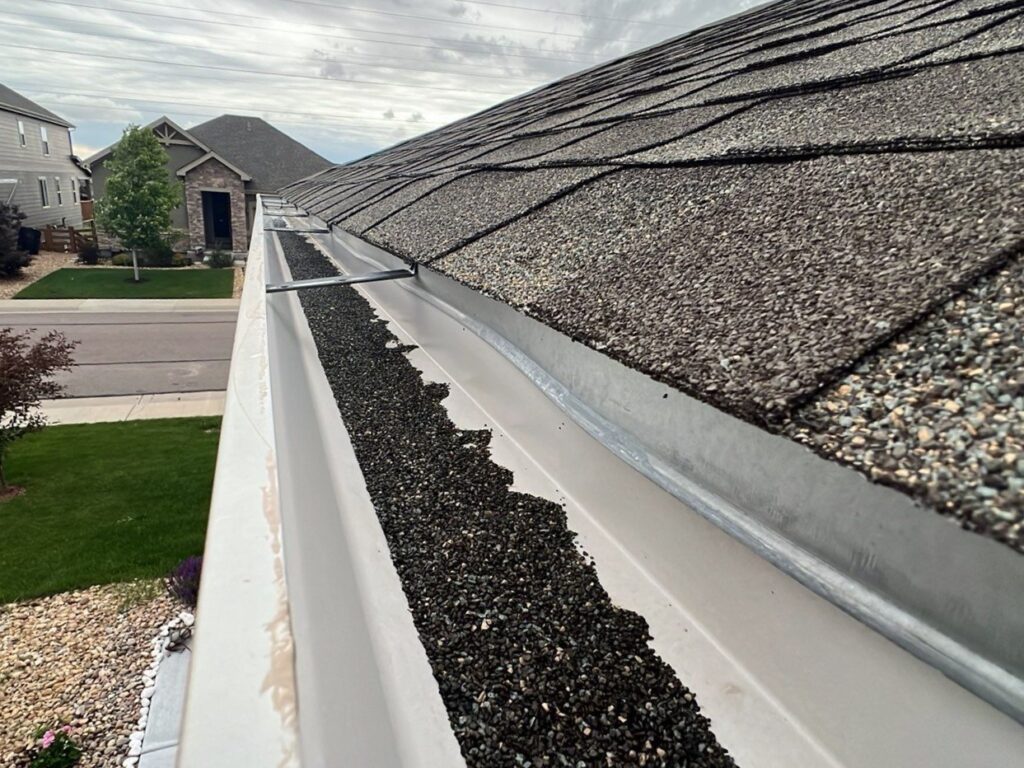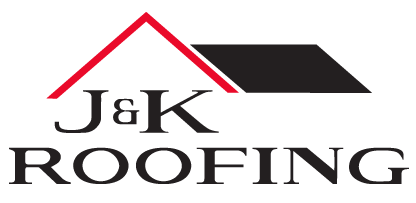
Preventing Water Damage: Gutters, Downspouts, and Drainage Systems for Colorado’s Rainy Season
So far in 2023, Colorado has received an incredible amount of moisture from rain and hail. So much, in fact, that the entire state was declared drought-free for the first time since 2019. That’s great for farmers, wildflowers, rivers, and reservoirs, but when it comes to your home and roof, excess moisture isn’t ideal.
Even though Colorado is a very dry climate, water leaks and the buildup of moisture can spell trouble for your roof. Water damage can lead to all kinds of problems with your roof and home. That’s why it’s so important to prevent it from happening through proper drainage systems, maintenance, and repairs.
Why Proper Drainage Is Important
Without an effective drainage system, your home and property are prone to a number of problems, including:
- Mold and mildew
- Pooling water from clogged or overflowing gutters and downspouts
- Wood rot and damage to your home’s siding, windows, soffit and fascia, and more
- Cracks and leaks in your foundation
- Basement flooding
- And more
The property your home sits on was likely designed with an effective drainage system in mind that naturally helps divert water away from your home, but cleaning and maintaining your gutters and downspouts is a crucial step to take toward ensuring proper drainage.
Tried and True Drainage: Gutters and Downspouts
There’s a reason gutters and downspouts are installed on virtually every house in Colorado and beyond: they’re effective at moving water away from your home and preventing costly repairs.
Gutters and downspouts are usually made of steel or aluminum, making them easy and relatively inexpensive to install. There are many profiles and materials that you can choose from based on the look and function that makes sense for your home. Some materials that are commonly used for storm-resistant gutters and downspouts include steel, zinc, aluminum, copper and fiberglass.
Gutters don’t need to be placed on every side of a home. Typically, you’ll only find them at the bottom of a sloped roof to catch water as it trickles down.
Gutters can even be effective on a commercial flat roof, which can be especially exposed to water ponding, but the pitch of a flat roof must be designed to allow water to run off toward the gutters.
Clean and Maintain Your Gutters Regularly
The shingles and flashing on your roof are critical toward helping keep water from leaking into your home, but water will work its way into other areas of your roof and home if your gutters and downspouts are clogged.
It’s essential to do a seasonal inspection of your gutters and downspouts, as well as after hail storms. Look for things like cracks or missing gutter pieces, bent or damaged downspouts, and of course clogs. After a hailstorm, check your gutters for roof granules. This could be a sign of roof damage.
There are many ways you can clean your gutters, like removing debris by hand, with a hose attachment, or compressed air. The key idea is to prioritize safety when cleaning your gutters and don’t get on a ladder unless absolutely necessary and you’re able to follow proper safety precautions.
We’re Here to Help
Ensuring your home is ready for the next storm season isn’t just a good idea — it’s absolutely necessary upkeep. If you’re not sure where to start with home drainage solutions in Colorado, contact us.
Our team at J&K Roofing is experienced and knowledgeable with all types of drainage systems, and we can provide you a free roofing inspection that includes an assessment of your gutters and downspouts so you can rest assured that your home won’t suffer from water pooling or improper drainage damage.
Click here to contact us, or give us a call at 303-425-7531.
